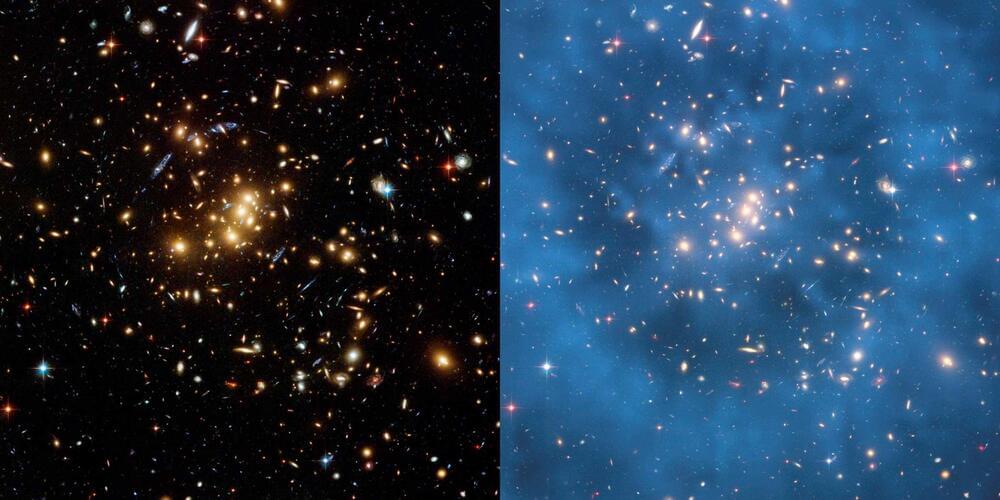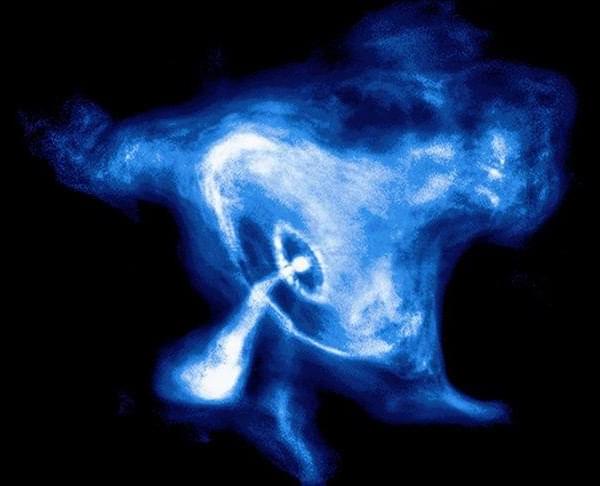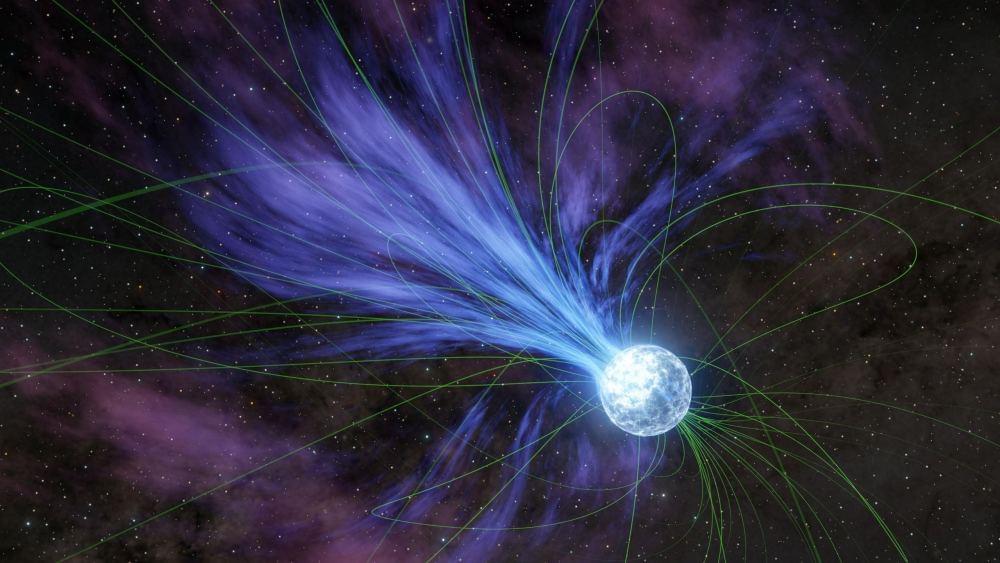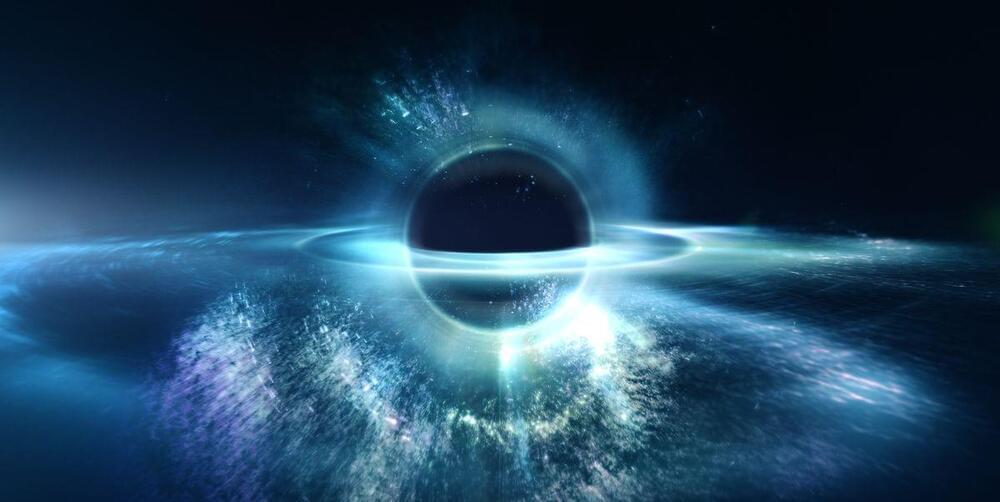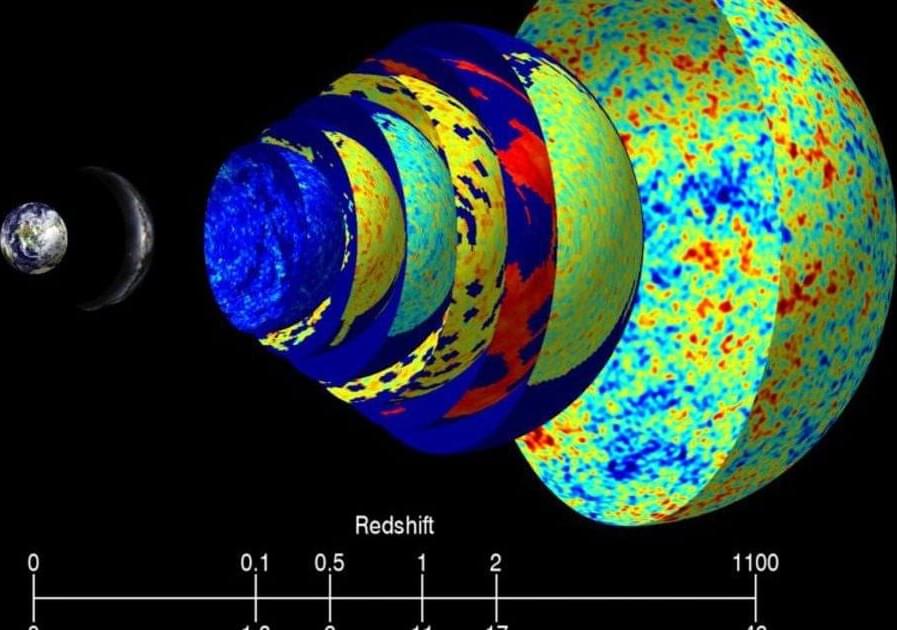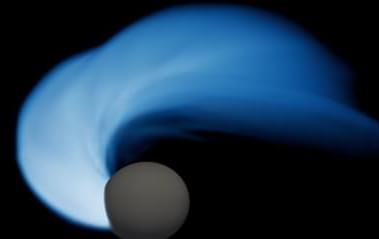Explorations in dark matter are advancing with new experimental techniques designed to detect axions, leveraging advanced technology and interdisciplinary collaboration to uncover the secrets of this elusive component of the cosmos.
A ghost is haunting our universe. This has been known in astronomy and cosmology for decades. Observations suggest that about 85% of all the matter in the universe is mysterious and invisible. These two qualities are reflected in its name: dark matter.
Several experiments have aimed to unveil what it’s made of, but despite decades of searching, scientists have come up short. Now our new experiment, under construction at Yale University in the US, is offering a new tactic.
